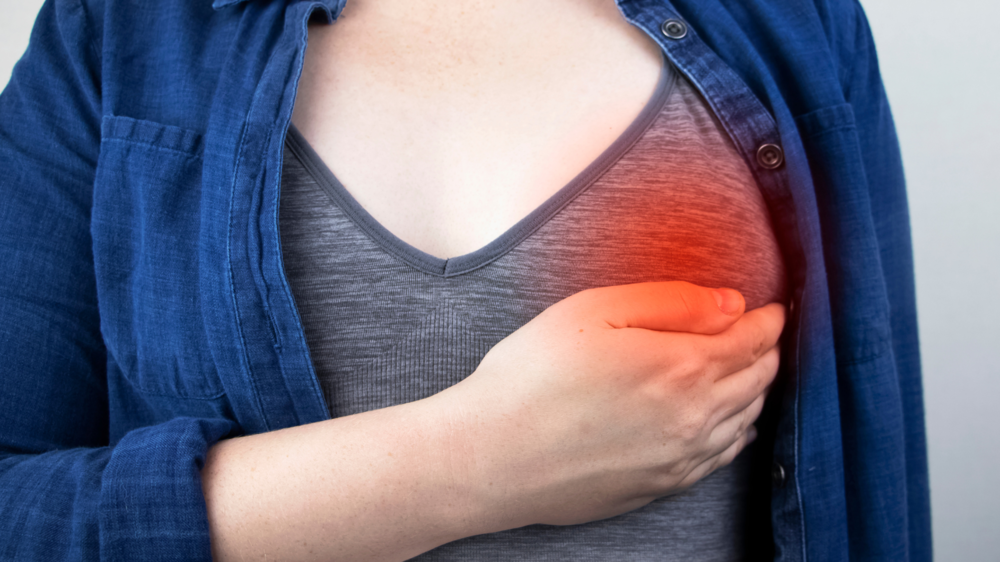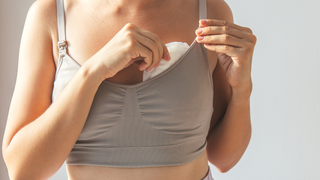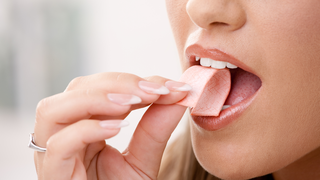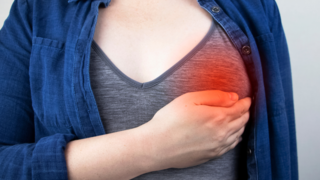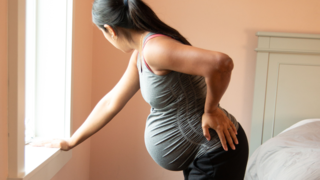Cracked nipples may begin as mild soreness, becoming painful as small fissures develop. The pain can be sharp or burning, especially during feeding. With care and attention, cracked nipples usually heal, restoring breastfeeding comfort.
Causes of Cracked Nipples
Understanding the root causes helps prevent and manage them better. Cracked nipples usually result from a combination of physical and environmental factors.1. Incorrect Latch
- This is the leading cause of cracked nipples.
- When the baby doesn’t latch properly, the nipple experiences excessive pressure rather than smooth suction.
- Over time, this leads to soreness, bleeding, or cracking.
2. Dry Skin and Friction
- Frequent washing or harsh soaps can strip the skin of its natural oils.
- Tight or synthetic clothing can increase friction, worsening dryness.
3. Improper Pumping Technique
- Using a breast pump with excessive suction or an incorrect flange size can cause nipple trauma.
- Continuous pressure makes healing more difficult.
4. Fungal or Bacterial Infection
- Persistent cracks may sometimes indicate an underlying infection.
- Yeast infections (commonly thrush) can cause itching, redness, and burning, while bacterial infections may cause swelling and pus formation.
5. Environmental Factors
- Low humidity, hot weather, or prolonged exposure to air conditioning can cause skin dryness.
- In India’s varied climate, maintaining moisture balance becomes crucial during postpartum recovery.
Healing Tips for Cracked Nipples
Healing cracked nipples requires patience, consistency, and gentle care. It’s about allowing the skin to recover while maintaining breastfeeding comfort.1. Allow Natural Air Drying
- After each feed, express a few drops of breast milk and gently rub it onto the nipple.
- Let the area air-dry before covering.
- Breast milk contains antibodies and healing enzymes that naturally aid in repair.
2. Maintain a Comfortable Feeding Position
- Try different breastfeeding positions, such as the cross-cradle, football hold, or side-lying, until you find one that puts the least pressure on the sore area.
- Changing positions helps distribute suction evenly across the breast.
3. Keep Nipples Moisturised Naturally
- Consistent moisture helps in healing faster and prevents scabbing.
- Natural oils, such as cold-pressed coconut or olive oil (if recommended by your doctor), may provide gentle hydration.
- Avoid commercial lotions with added fragrance or alcohol.
4. Limit Harsh Cleansing
- Over-washing with soap removes essential oils and delays healing.
- Use lukewarm water. Pat dry with a clean towel.
- Avoid synthetic materials and choose soft, breathable cotton fabrics instead.
5. Rest and Nutrition
- Healing requires overall nourishment.
- Include foods rich in Vitamin E, zinc, and protein, such as nuts, seeds, paneer, and whole grains.
- Drink 2–2.5 litres of water daily to help milk production and healing.
6. Express Milk if Pain Is Severe
- If direct feeding is too painful, express milk using a manual or electric pump with a gentle suction setting.
- Feed the expressed milk using a sterilised spoon or small cup until the nipple heals.
Prevention Tips
Preventing cracked nipples is easier than healing them. With small, mindful habits, you can maintain comfort throughout your breastfeeding journey.1. Start Early
- Learn proper latching techniques even before delivery, if possible.
- Postnatal breastfeeding counselling can be invaluable, especially for first-time parents.
2. Ensure Proper Latch Every Time
- The baby’s lips should form a tight seal around the areola, not just the nipple.
- Pay attention to swallowing sounds to ensure effective feeding and avoid friction.
3. Avoid Sudden Removal
- Never pull the baby away abruptly from the breast.
- Insert your finger into the baby’s mouth to break the suction before removing.
4. Choose Comfortable Clothing
- Opt for loose-fitting, breathable cotton bras.
- Avoid underwires, as they may press against the nipple and cause irritation.
5. Stay Hydrated and Calm
- Stress can affect milk production and skin health.
- Practice relaxation techniques, such as deep breathing or listening to music, to stay balanced.
Cracked nipples are common during breastfeeding, but they do not have to stop you from bonding with your baby. Mindful care, including a good latch, staying hydrated, maintaining hygiene, and allowing time for healing, will help you manage discomfort.
Breastfeeding is a journey. Each day of learning and healing strengthens and builds your confidence. Follow your body’s needs, ask for help when necessary, and celebrate your growing bond with your baby.
Whether you’re pregnant, a new mom, or navigating postpartum, you don’t have to do it alone. Join our support group to connect, share, and support one another.
FAQs on How to Heal and Prevent Cracked Nipples During Breastfeeding – A Complete Guide for Indian Parents
- Can cracked nipples affect milk supply?
Cracked nipples usually do not affect milk supply directly, but pain might discourage frequent feeding, leading to reduced stimulation. This can cause temporary dips in supply. Regular expression of milk, maintaining hydration, and feeding from both breasts help sustain production until healing occurs. - Are cracked nipples a sign of infection?
Not always. Most cases result from friction or dryness. However, if cracks persist, bleed excessively, or show signs of swelling, redness, or discharge, an infection may be present. In such cases, consult a healthcare professional promptly for assessment and appropriate treatment.

